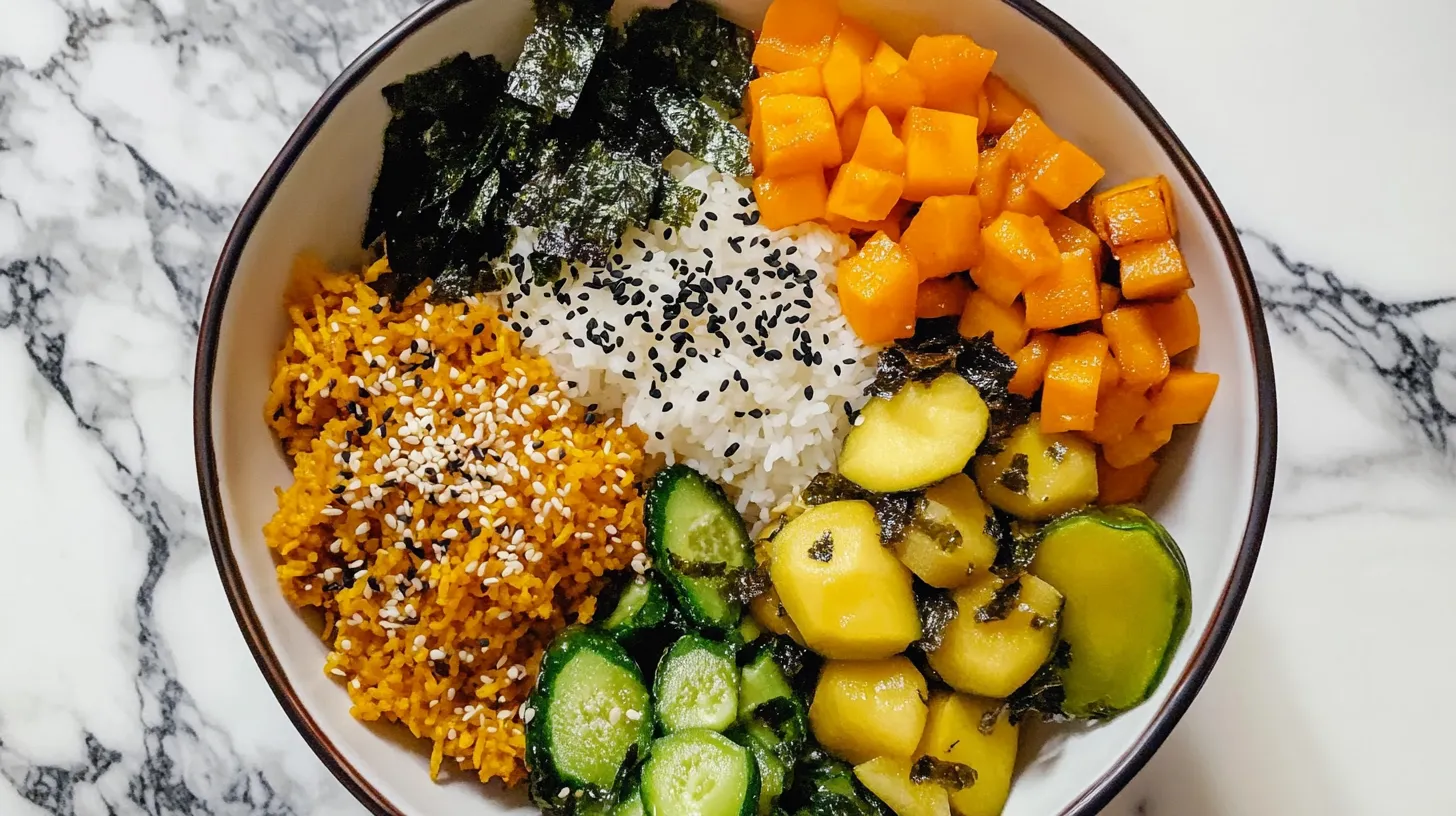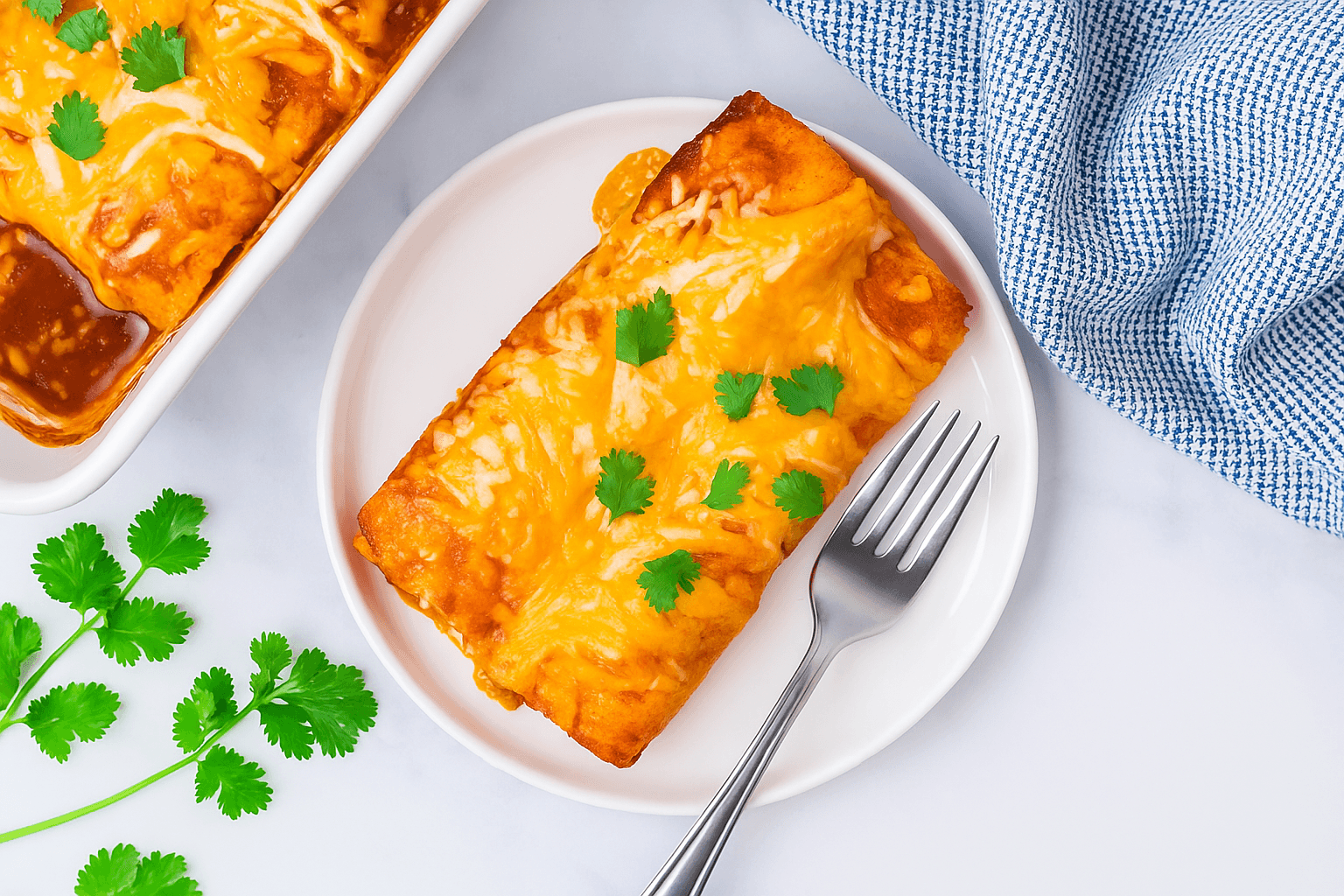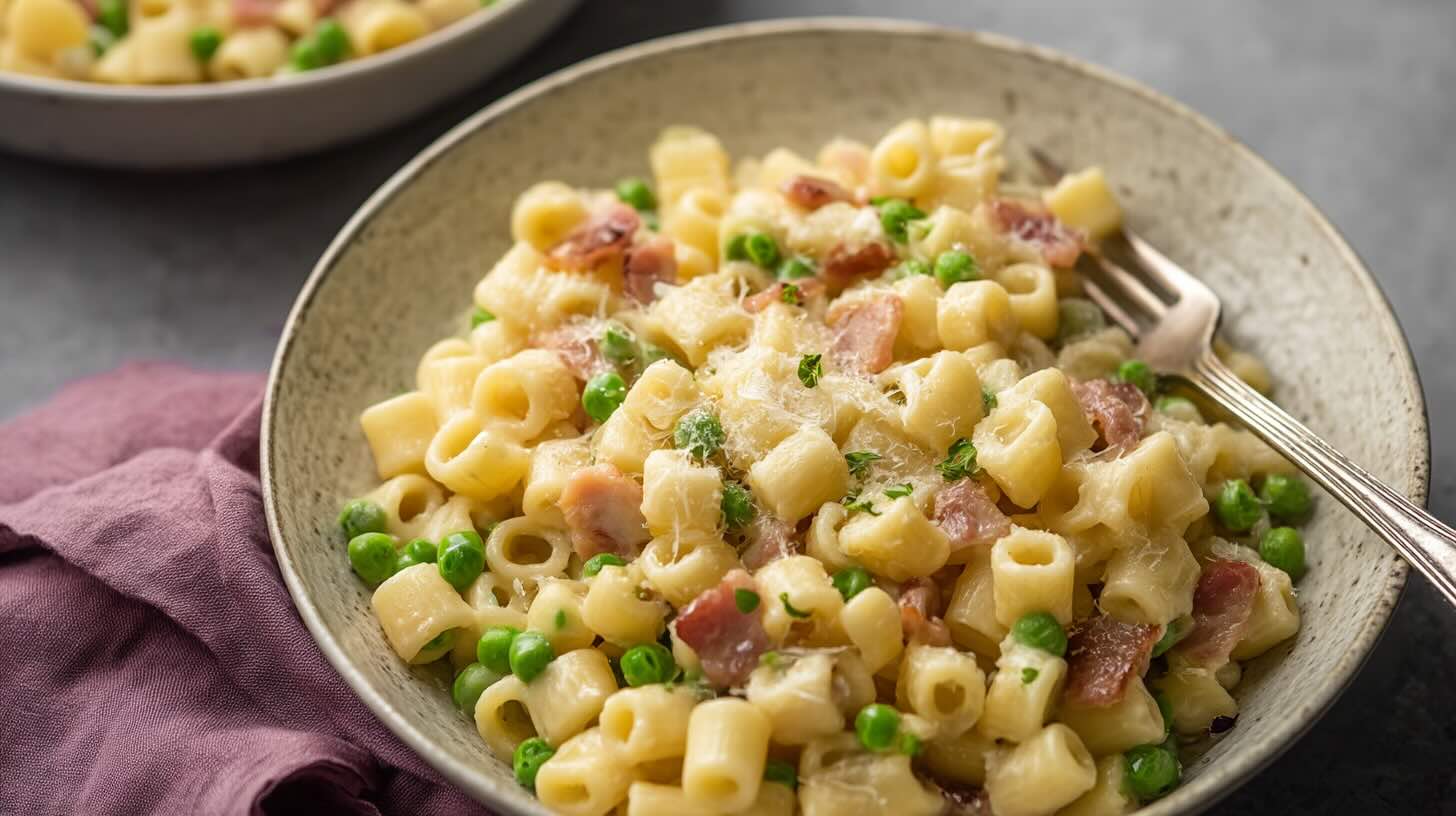Ever thought a single ingredient could make your vegan cooking amazing? Kabocha squash, the Japanese pumpkin, is about to change your cooking game. It has a rich, nutty flavor and is packed with nutrients.
chinese squash recipes kabocha vegan will take you on a tasty journey in plant-based cooking. This versatile veggie adds a deep flavor to vegan dishes. It’s loved by health-focused food lovers for its creamy texture and sweet taste.
Vegan cooking gets even better with Chinese squash recipes kabocha vegan special traits. It’s low in calories but high in beta-carotene and vitamin C. You can stir-fry, roast, or blend it into many Chinese-inspired vegan recipes.
Table of Contents
Understanding Kabocha: The Japanese Pumpkin’s Versatility
Kabocha squash is gaining popularity in Chinese squash recipes kabocha vegan. It’s a great mix of nutrition and flavor for vegan dishes. This Japanese pumpkin is versatile, adding health benefits and excitement to your cooking.
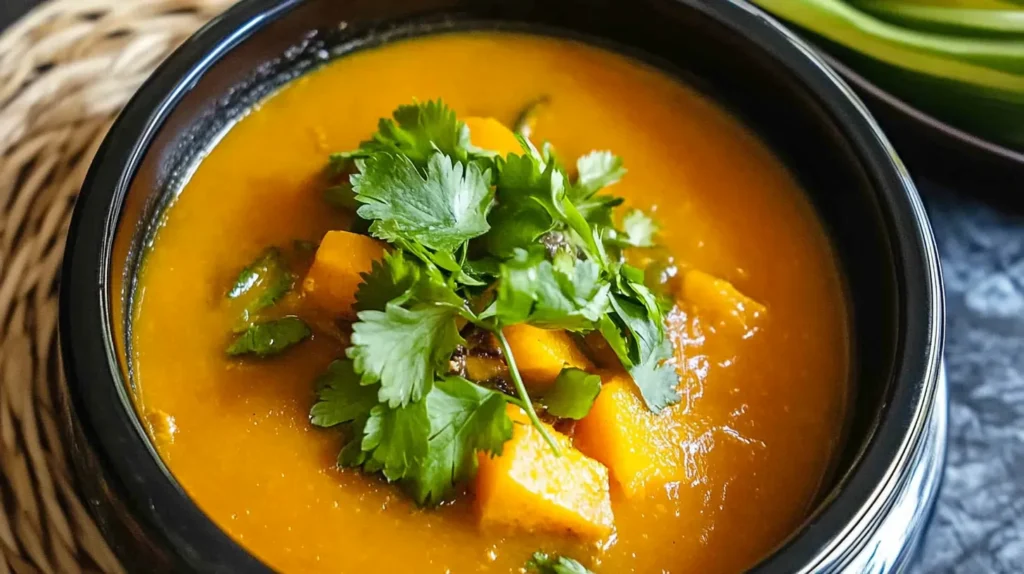
Nutritional Powerhouse
Kabocha squash is a nutritional powerhouse. It has just 30 calories per 100g. This squash is vegan-friendly and packed with nutrients:
- 1.1g of protein
- 8.2g of carbohydrates
- 1.2g of dietary fiber
- Rich in beta-carotene and antioxidants
Selecting Your Perfect Kabocha
When buying kabocha, look for these traits:
- Deep green, uniform color
- Heavy for its size
- Hard, smooth skin without soft spots
- Stem should be dry and firm
Storage and Preparation Tips
Store kabocha in a cool, dry place. Whole squash can last up to a month. For recipes, wash, cut in half, and remove seeds. Pro tip: The entire squash is edible, including the skin!
Winter is the best time for kabocha. You’ll get the most flavor and nutrition. Roasting, steaming, or stir-frying, kabocha makes vegan Chinese dishes delicious.
“For the best kabocha squash, choose one that feels heavy for its size and has a firm, smooth skin—guidelines detailed in this Winter Squash Shopping Guide by Serious Eats.”
Essential Kitchen Tools and Ingredients for Kabocha Dishes
To make tasty Chinese squash recipes kabocha vegan ingredients, you need some special kitchen tools. Start by picking the right tools and quality ingredients. They will turn this Japanese pumpkin into a dish that’s truly special.
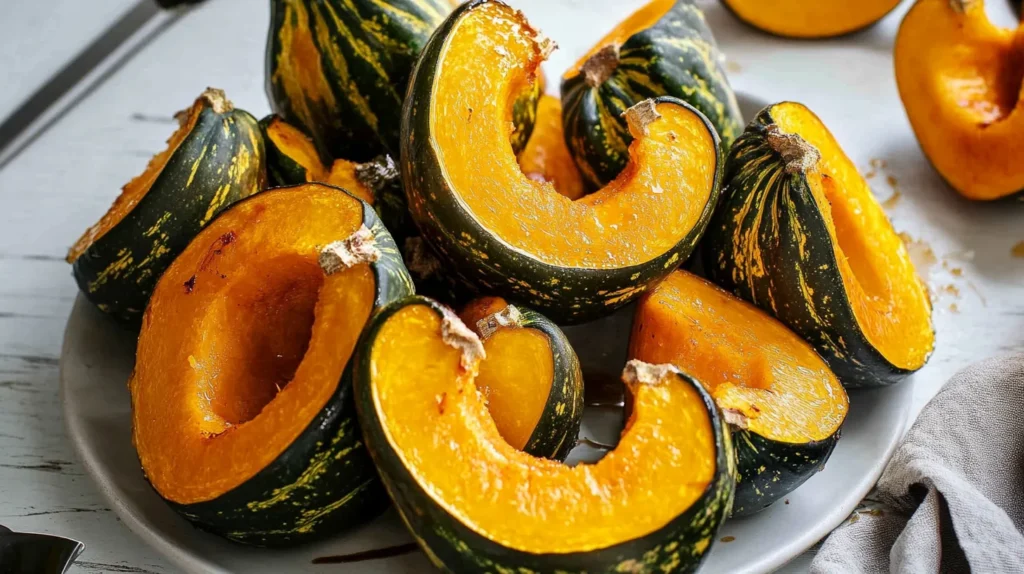
For cooking with kabocha, make sure your kitchen has these important tools:
- Sharp chef’s knife for precise cutting
- Heavy-bottomed wok for authentic stir-frying
- Sturdy cutting board
- Roasting pan
- Measuring cups and spoons
For real vegan Chinese squash recipes kabocha vegan, you should have these key ingredients:
| Ingredient | Purpose | Nutrition Impact |
|---|---|---|
| Tamari or Soy Sauce | Flavor enhancement | Low sodium alternative |
| Miso Paste | Umami depth | Probiotic benefits |
| Fresh Ginger | Aromatic base | Anti-inflammatory properties |
| Sesame Oil | Finishing touch | Healthy monounsaturated fats |
When picking your kabocha, choose one that feels heavy for its size. It should have a deep green color and a firm texture. A ripe kabocha weighs 2-3 pounds. It gives about 49 calories per cup and over 100% of your daily vitamin A.
Pro tip: Organic ingredients can make your vegan kabocha recipes even better in taste and nutrition.
Remember, the right preparation is crucial for kabocha’s amazing taste in vegan dishes. Your kitchen tools and the right ingredients will help you create something truly magical!
Chinese Squash Recipes Kabocha Vegan: Modern Takes on Traditional Dishes
Explore vegan Chinese squash recipes kabocha vegan that turn traditional kabocha into amazing dishes. Kabocha squash adds a sweet taste and creamy texture, making plant-based meals even better.
Kabocha is great for making new versions of classic Chinese dishes. Its dense flesh and sweet flavor make vegan meals that are both tasty and satisfying.
Miso-Glazed Kabocha
Make a tasty vegan dish with a miso glaze on kabocha. The miso’s umami flavor pairs well with the squash’s sweetness, making a perfect mix of tastes.
- Slice kabocha into uniform pieces
- Prepare miso-based marinade
- Roast at 425°F for 35-40 minutes
Stir-Fried Kabocha with Ginger
Stir-frying kabocha quickly brings out its best. Adding fresh ginger gives it a zesty flavor, making it a fun vegan Chinese squash recipe.
- Cut kabocha into bite-sized cubes
- Sauté with minced ginger
- Season with light soy sauce
Braised Kabocha in Soy Sauce
Slow-cooking kabocha in soy sauce makes a flavorful vegan dish. This method makes the squash tender and delicious.
These recipes show how kabocha squash is perfect for tasty, plant-based Chinese meals. Try these methods to discover the amazing things you can do with this vegetable.
Hearty Kabocha Soups and Stews
Discover the magic of chinese squash recipes kabocha vegan soups. These soups turn this Japanese pumpkin into a creamy, comforting meal. Kabocha’s unique texture makes velvety dishes without dairy, ideal for plant-based cooking.
Preparing kabocha soup opens a world of rich flavors and nutritional benefits. A medium kabocha squash yields about 6 to 8 cups when diced. This gives you plenty of chances to try different recipes.
- Preparation time: 15 minutes
- Cooking time: 25 minutes
- Total servings: 8 people
- Average calories per serving: 94
You can customize your kabocha soup with various spices and herbs. Pro tip: Use high-heat oils like avocado or coconut oil for sautéing. You’ll need about 2 tablespoons (30 ml).
“Try pairing your kabocha soup with these High Protein Dinner Recipes to create a wholesome, balanced vegan meal.”
Your vegan kabocha soup is packed with nutrients. Here are some highlights:
| Nutrient | Amount per Serving |
|---|---|
| Carbohydrates | 13g |
| Protein | 2g |
| Total Fat | 4g |
| Fiber | 2g |
Storing your chinese squash recipe is easy. Refrigerate it for up to 3 days or freeze for 3 weeks. For the best results, soften your kabocha by microwaving the whole squash for 3-4 minutes before cutting.
Roasted Kabocha Creations
Roasting turns kabocha squash into a tasty vegan treat. It brings out the natural sweetness of this Japanese pumpkin. This makes a dish that will impress your friends and family.
Sweet and Savory Seasoning Options
Explore the many ways to season kabocha squash:
- Shichimi togarashi spice blend for a spicy kick
- Sweetened soy sauce for a classic Asian flavor
- Maple syrup and cinnamon for a sweet twist
- Sesame oil and garlic for a savory profile
“Looking for unique ways to roast vegetables? Check out our guide to Pellet Grill Recipes for ideas that could complement roasted kabocha.”
Temperature and Timing Guidelines
| Roasting Temperature | Cooking Time | Texture Result |
|---|---|---|
| 400°F (200°C) | 40-50 minutes | Caramelized exterior |
| 425°F (218°C) | 30 minutes | Crispy edges |
Serving Suggestions
Enjoy your roasted kabocha in different ways:
- As a standalone side dish
- Tossed in grain bowls
- Integrated into salads
- Topped with fresh herbs
Pro tip: Cut your kabocha into uniform pieces. This ensures even roasting and better flavor in your Chinese squash recipes kabocha vegan.
Kabocha Buddha Bowls and Rice Combinations
To make your Chinese squash recipes. Buddha bowls are great for showing off kabocha’s sweet taste. They also give you a good mix of nutrients.
To make a perfect kabocha buddha bowl, think about these parts:
- Grain Base: Brown rice or quinoa
- Protein: Roasted tempeh or crispy tofu
- Vegetables: Roasted kabocha, massaged kale
- Toppings: Sesame seeds, scallions
- Sauce: Tahini or gochujang-based dressing
Your vegan buddha bowl is packed with nutrients. It has about 479 calories, 70g carbs, 18g fat, and 17g protein. Kabocha squash is the star, full of vitamins and minerals.
Preparing a buddha bowl is easy. Store ingredients in airtight containers for up to 4 days. Roast your kabocha at 400 degrees Fahrenheit for 20-25 minutes. This makes it crispy outside and soft inside.
Pro tip: Try different spices like garlic powder, paprika, and cumin. They can make your kabocha buddha bowl even tastier.
Creative Ways to Season and Serve
Make your vegan dishes with kabocha squash stand out. Use new seasoning methods to turn this Japanese pumpkin into a work of art. Kabocha’s natural sweetness is perfect for both bold and light flavors.
Asian-Inspired Sauce Pairings
Discover the best sauces for kabocha:
- Ginger-Scallion Glaze: A zesty mix that brings out the squash’s sweetness
- Spicy Sichuan Dressing: Offers a bold, fiery taste
- Sweet and Sour Reduction: Perfectly balances the squash’s creamy feel
Garnishing Tips for Presentation
Take your kabocha dishes to the next level with these garnish ideas:
- Sprinkle toasted sesame seeds for a nutty crunch
- Add fresh cilantro or Thai basil for a fragrant touch
- Drizzle with chili oil for a pop of color and flavor
- Use edible flowers for a fancy look
“For even more inspiration on perfect pairings, explore our Soft Food Recipes to create dishes that highlight kabocha’s creamy texture.”
Experts say to use a 2:1 sauce to kabocha ratio. This ensures every bite is just right. The goal is to mix flavors well without overpowering the squash’s softness.
Meal Prep and Storage Solutions
Turning your chinese squash recipes with kabocha into a meal prep plan can save you time. It also makes vegan cooking more enjoyable. Kabocha squash is great for meal prep because it’s versatile and perfect for busy cooks.
Good storage tips can help your kabocha last longer and make meal planning easier. Here are some important storage tips:
- Store whole kabocha in a cool, dry place for up to one month
- Refrigerate cut kabocha in airtight containers for 3-5 days
- Freeze roasted or steamed kabocha chunks for up to 3 months
Here are some efficient meal prep tips for vegan kabocha recipes:
- Batch roast kabocha chunks at 400°F for 25-30 minutes
- Prepare 2-inch cubes for consistent cooking
- Season with light soy sauce and Chinese cooking wine
Here are some pro tips for getting the most out of your kabocha in vegan meal prep:
- Microwave squash for 2-3 minutes to soften before cutting
- Create versatile base recipes that can be repurposed
- Use small to medium squashes (2-4 pounds) for optimal sweetness
By using these strategies, you’ll make delicious, healthy Chinese squash recipes kabocha vegan. They’ll make vegan cooking easy and fun.
Frequently Asked Questions (FAQs)
Can you eat the skin of kabocha squash?
Yes, you can eat the skin of kabocha squash! It’s soft when cooked and adds extra texture. First, wash the squash to remove any dirt. Then, cook it until the skin becomes tender. Plus, it’s full of nutrients, so don’t peel it. It’s like nature’s wrapper—totally edible!
Why is my roasted kabocha squash dry?
Dry squash happens if it’s cooked too long or at too high a heat. To fix this, brush it with a little oil before roasting. This keeps it juicy and adds flavor. Also, avoid overcrowding the pan so it roasts evenly. A little care makes it perfect!
Can you eat raw kabocha squash?
Yes, you can eat raw kabocha squash, but it’s very crunchy! Slice it thin for salads or slaws. Its sweet, nutty flavor works great raw. First, peel it, since the skin can be tough when uncooked. Then, slice it thin and enjoy its fresh, crisp bite.
Can you digest squash skin?
Yes, your tummy can handle squash skin when it’s cooked! Kabocha squash skin softens during cooking and becomes easy to chew. Plus, it’s full of fiber and nutrients. Just wash it well before cooking. Eating the skin is like getting a little bonus with your squash!
Does kabocha squash need to be refrigerated?
Whole kabocha squash doesn’t need to be refrigerated. Store it in a cool, dry spot, and it’ll last weeks. Once you cut it, refrigerate the pieces in a sealed container. This keeps them fresh and ready to cook. Think of it like keeping leftovers—nice and neat!
Conclusion
Your journey through Chinese squash recipes kabocha vegan cuisine has shown you amazing flavors and nutrition. This versatile squash is packed with nutrients. It gives you 105% of daily Vitamin A and 45% of Vitamin C in just one serving.
The five irresistible ideas we’ve shared show how kabocha can change vegan cooking. It adds depth to Chinese-inspired dishes. With only 140 kcal per serving, it’s also low in calories and high in protein and fiber.
We encourage you to try these kabocha vegan recipes at home. Use different cooking methods like roasting and braising. Kabocha can make your cooking better, whether you’re a vegan expert or just starting.
Don’t stop your culinary adventure here. Share your kabocha dishes and try new flavors. Your taste buds and body will love this nutritious and tasty ingredient.

